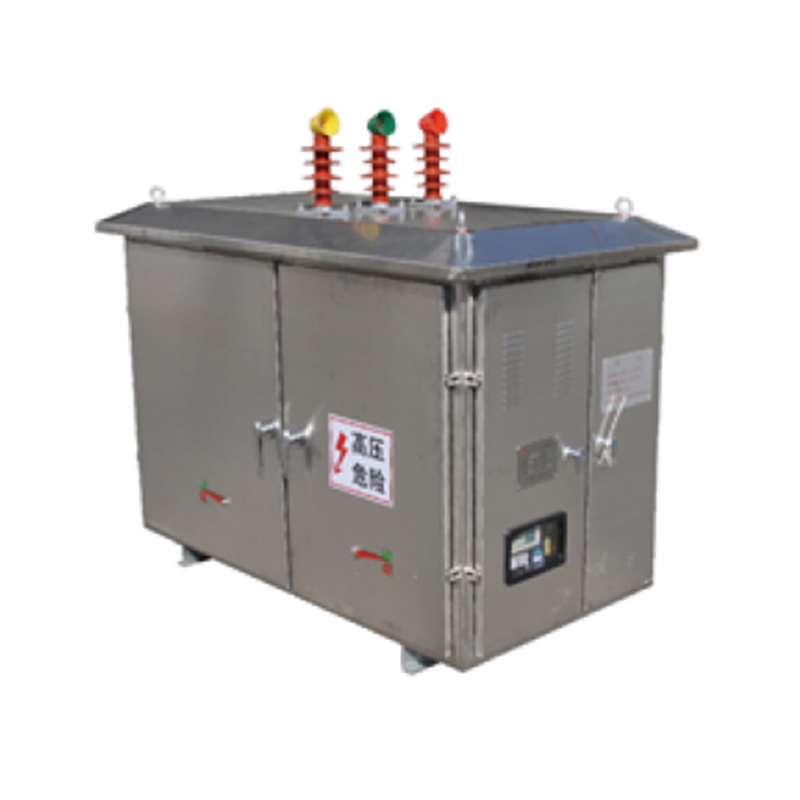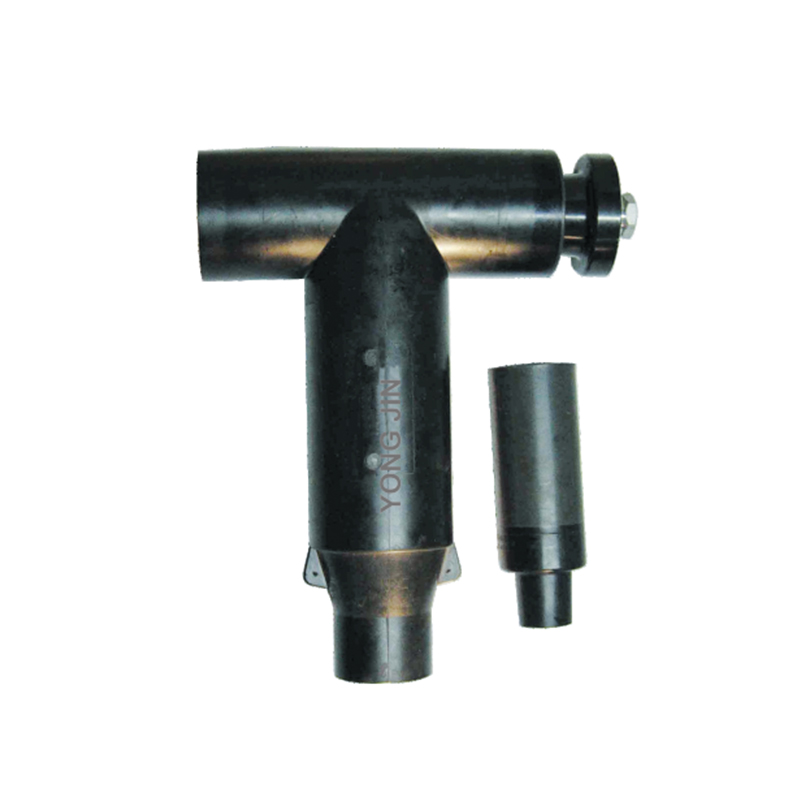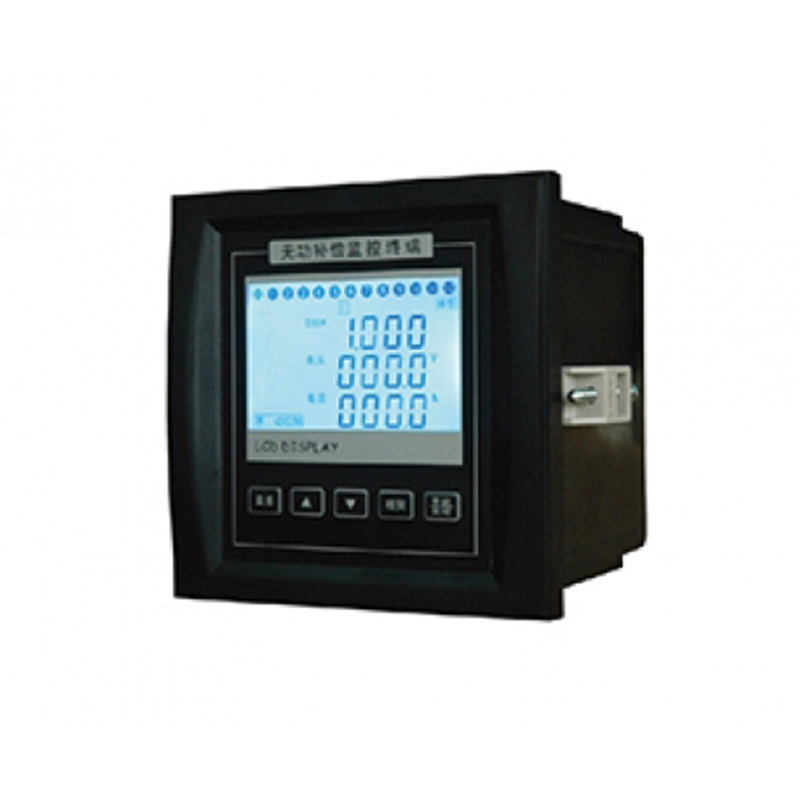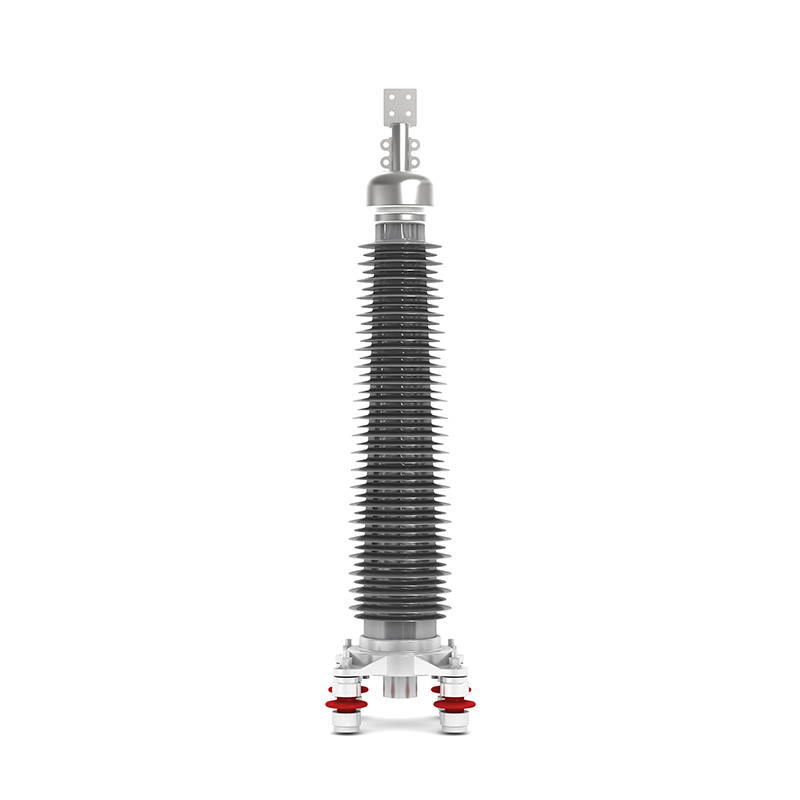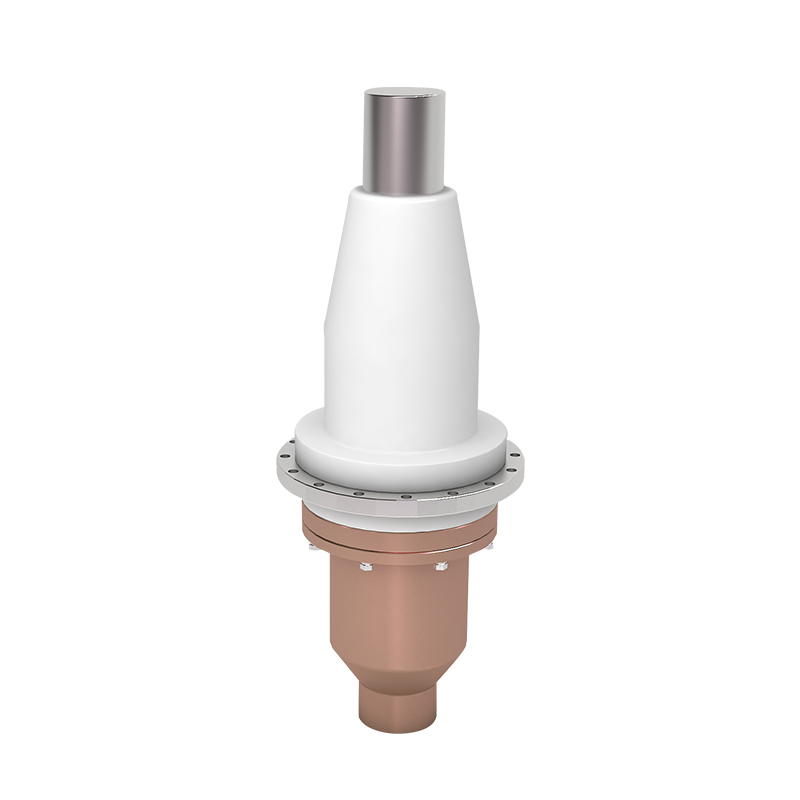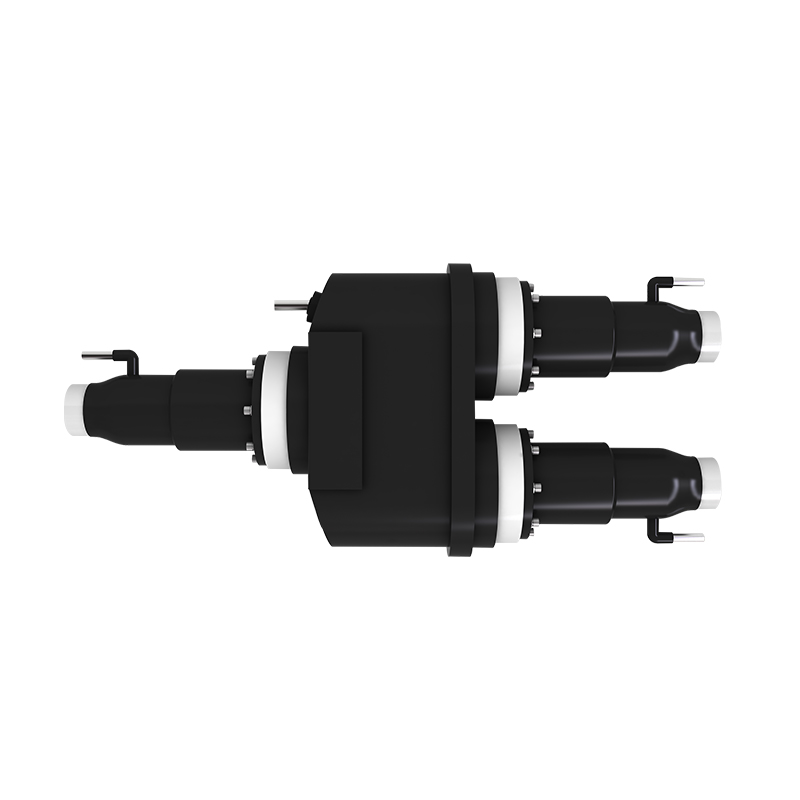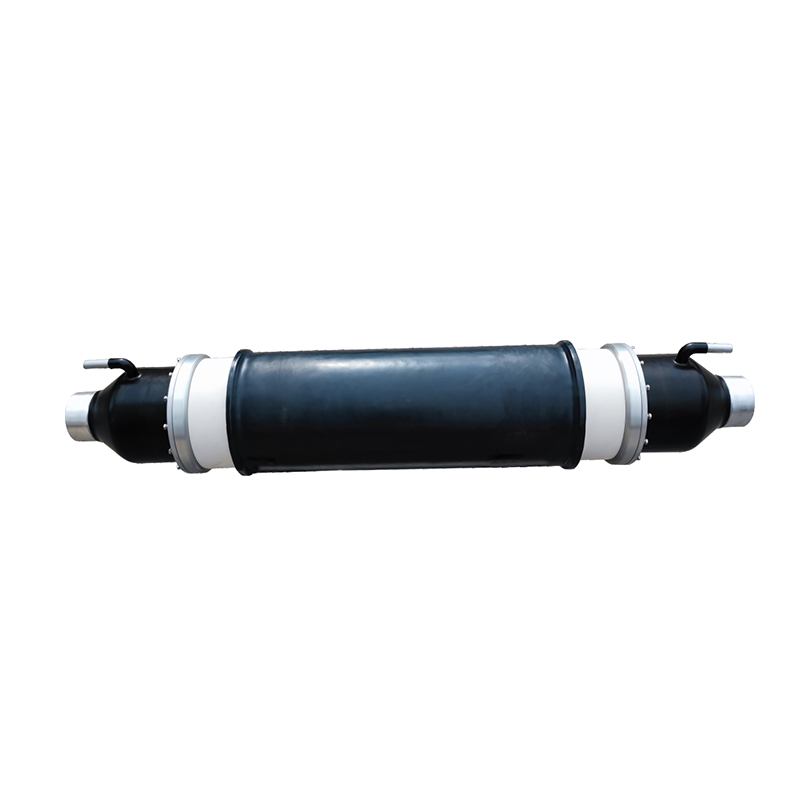Analyzing Electrical and Mechanical Hazards of Using High-Voltage Capacitor Units
Initial Considerations of Safety in High-Energy Applications
The High Voltage Capacitor Unit is widely used in various industrial and power grid applications, serving functions such as voltage regulation, power factor correction, and energy storage. Due to its inherent function of storing large amounts of electrical energy, safety is a central concern during both installation and operation. Although manufacturers follow strict quality and insulation standards, there are still multiple risk factors that must be addressed to ensure these components do not pose a danger in real-world environments. The handling and usage of a High Voltage Capacitor Unit must take into account both internal electrical characteristics and external environmental factors, which can significantly affect operational safety.
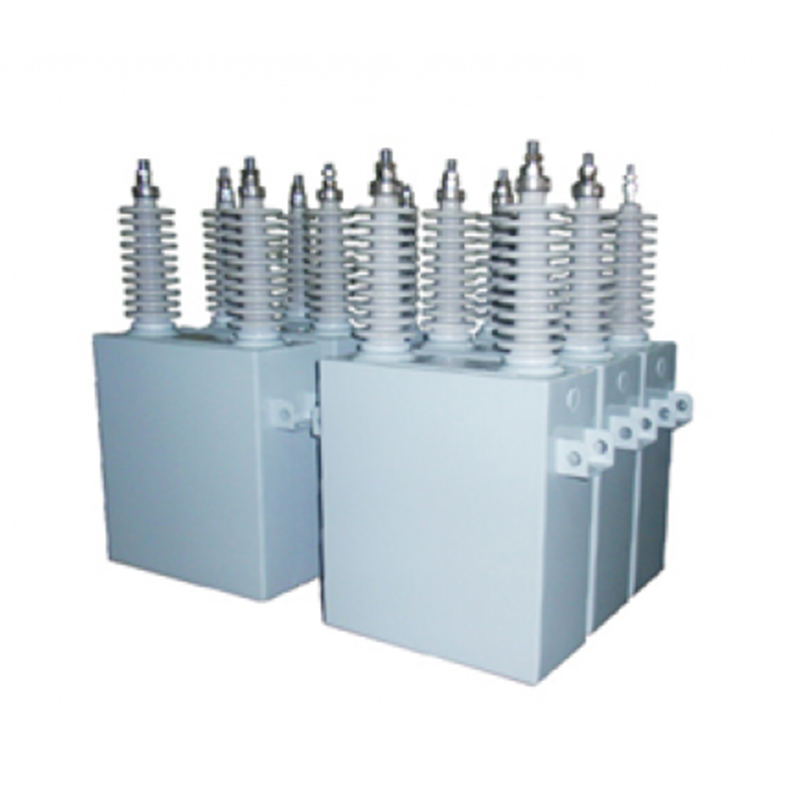
Electrical Hazards from Overvoltage and Insulation Failure
One of the pressing safety risks stems from exposure to overvoltage conditions. If the applied voltage exceeds the rated capacity of the capacitor, there is a high risk of dielectric breakdown, causing internal short-circuits, arcing, or catastrophic explosion. The insulation materials, although rated for high stresses, can degrade over time due to thermal fatigue or environmental contamination. This can result in compromised insulation resistance and higher chances of partial discharges, which, if not addressed, may cause long-term safety failures.
Mechanical Stress and Structural Instability
Beyond electrical concerns, mechanical issues can also affect the safety of these units. During operation, thermal expansion and contraction cycles can place stress on internal components, causing fatigue or micro-cracks in the dielectric medium. Vibrations from nearby heavy machinery or transportation mishandling can also damage internal elements. In some cases, these faults remain hidden until a high-load condition triggers failure. Regular mechanical inspection and vibration testing are crucial for units installed in harsh environments to prevent unexpected malfunctions.
Residual Charge and Discharge Risks
Even after being disconnected from a power source, capacitors can retain a residual electric charge for extended periods. This presents a serious shock hazard to maintenance personnel if proper discharge procedures are not followed. In high-voltage systems, this residual energy can be powerful enough to cause burns, electric shock, or cardiac arrest. Therefore, the use of discharge resistors and grounding sticks is essential during service. Visual warning labels and proper training for operators are necessary to prevent accidental exposure to stored energy.
Fire and Thermal Runaway Possibilities
Capacitor overheating due to poor ventilation or external heat sources can result in thermal runaway, where increasing temperature causes further heat generation and eventual failure. In oil-filled or resin-impregnated capacitors, overheating can cause leakage or combustion of internal materials, creating a fire hazard. It is vital to ensure that ambient operating temperatures remain within design limits and that thermal protection mechanisms like temperature sensors and circuit breakers are in place.
Final Thoughts on Ensuring Operational Safety
Overall, while high-voltage capacitors are crucial components in power systems, they must be handled with the same level of caution as any other high-energy device. Safety is not merely a feature of design but a result of continuous monitoring, correct usage, and adherence to industry standards. Users and maintenance teams must remain vigilant, implementing both engineering controls and procedural safeguards to reduce the risk of electrical or mechanical accidents. When these elements are in place, the safety profile of these capacitors can be maintained throughout their service life
Recommended Products
The variety of models, to meet the development needs of various regions in the world.
-
Add: No. 508, Dongye Road, Dongjing Town, Songjiang District, Shanghai
-
Tel: +86-13757652508
-
E-mail: [email protected] [email protected] [email protected]
 English
English 中文简体
中文简体 русский
русский Español
Español عربى
عربى